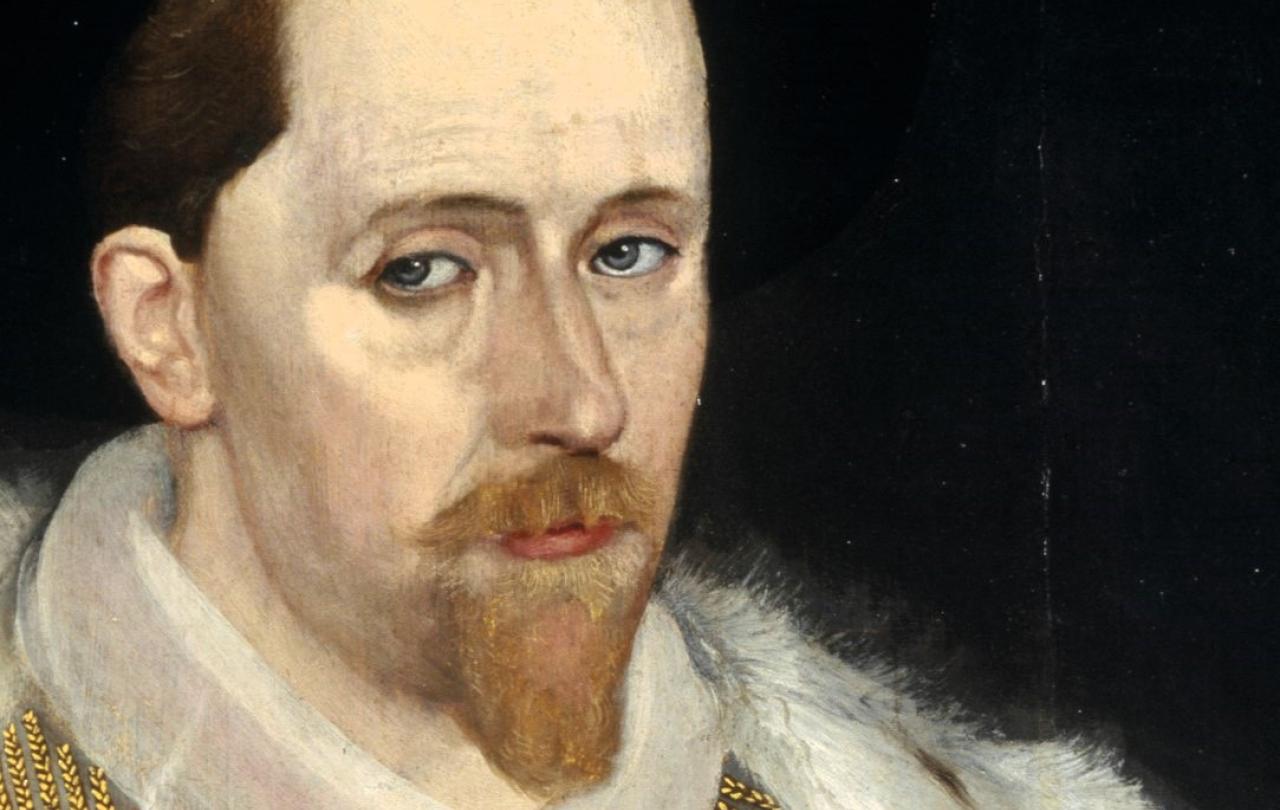
Summertime is well and truly here and with the UK currently sweltering under one of the driest years on record, you would be well advised to seek out indoor activities to occupy the hottest hours of the day. But what to do with this time? So many options jostle for our attention and, as Rachel Luckett recently reflected for Seen & Unseen, reading is losing out with the number of readers steadily dropping year on year. Luckett reminds us that what we read is as important as how much we read; recommendations which intrigue and stimulate us are essential and the best place to get such recommendations is stimulating conversation.
Where do I find these conversations, I hear you ask. Well, look no further than the Re-enchanting podcast from Seen & Unseen with its perennial opening question: what are you reading? To kick start your holiday reading, here’s a round-up of our guests’ choices from season six of Re-Enchanting.
In retrospect, our guests seem to have a pronounced inclination towards biography and memoir. Earlier this year, Re-enchanting welcomed the notable forensic scientist, Sue Black, onto the show to discuss her (scientific) fascination with all things living and dead. Despite, or perhaps because of, a life spent looking death in the face, Black begins our summer reading with Richard Holloway’s meditation on a fading life, Waiting for the Last Bus.
Whilst Black’s distinct lack of squeamishness may be not be shared by all, her desire to piece together the lives and stories of those she meets seems to be a common thread linking many of our guests. Those contemplating a continental get-away might wish to search for inspiration in Paris, a memoir of life in the French capital by Julian Green, recommended by Andrew Davison, Regius Professor of Divinity at Oxford University. For those planning holidays further afield, then perhaps a biography of Australian opera singer Nellie Melba, recommended by Kate Flaherty, would add a touch of glamour, along with the autobiography of Melba’s friend and fellow performer, Ellen Terry.
Also falling into the memoir genre is this season’s stand-out recommendation: Helen McDonald’s H for Hawk, which is currently sitting on the bedside tables of Tyler Staton, pastor of Bridgetown Church, Portland, Graham Tomlin and Belle Tindell. Whilst processing the death of her father, McDonald attempts her long-held ambition to train a hawk, and crafts a surprising and poignant book from the twin experiences.
McDonald is not the only writer to twist multiple strands and genres into her work; many of our guests’ choices defy definite categorisation. Flaherty, a Senior Lecturer in English and Drama at the Australian National University, also recommends Ali Smith’s Artful, which contemplates art, faith, and fiction, and Murriyang: Song of Time, a ‘psalter’ according to its author, Stan Grant, combining Christian and Australian aboriginal spirituality.
Changing spiritualities are also on the mind of Chine McDonald, the Director of Theos think tank and the first guest to return to Re-enchanting following her initial appearance more than a year ago. On McDonald’s reading list is The Afternoon of Christianity: The Courage to Change by Tomas Halik, who ponders Christianity’s midlife era and what lies ahead for the faith and faithful alike. One way in which the world has changed over the last century is through the withdrawal of ritual from Western society, according to the German-Korean philosopher Byung-Chul Han, whose book The Fading of Ritual—or Vom Verschwinden der Rituale for any German speakers among us—comes with a recommendation from Esther Maria Magnis. Is the pairing of Halik and Han the literary match that reflections on modern Christianity have been waiting for?
If imagining the future of the Christian faith sounds too heavy for the summer holiday, then why not dip into some of our guests’ fiction suggestions? From Jo Swinney, Director of Communications at A Rocha, comes the modern classic, A House for Mr Biswas, by Nobel laureate, V. S. Naipaul, whilst Rupert Shortt, who, as a former editor of the TLS, knows a thing or two about books, currently reading S. J. Naudé’s Fathers and Fugitives, which takes us on a journey from London to South Africa into a complex story of family, sexuality and relationships. Readers looking for short form fiction could opt for either Ben Judah’s This is London: Life and Death in the World City, or for a more international perspective, Dream Count, the latest novel by renowned Nigerian writer, Chimamanda Ngozi Adichie.
And, finally, Les Isaac, the founder of Street Pastors, reminds us of the importance of responding to the Bible itself. So, if you’re looking for gut-wrenching narratives and a sense of wonder playing out through characters who are just all-too-human, then look no further than the book which in the Middle Ages was known as a bibliotheca, a whole library in itself.
And some additional suggestions:
Robinson Crusoe by Daniel Defoe
Trainspotting by Irvine Welsh
The Great Partnership: God, Science and the Search for Meaning by Jonathan Sacks
Support Seen & Unseen
Since Spring 2023, our readers have enjoyed over 1,500 articles. All for free.
This is made possible through the generosity of our amazing community of supporters.
If you enjoy Seen & Unseen, would you consider making a gift towards our work?
Do so by joining Behind The Seen. Alongside other benefits, you’ll receive an extra fortnightly email from me sharing my reading and reflections on the ideas that are shaping our times.
Graham Tomlin
Editor-in-Chief





